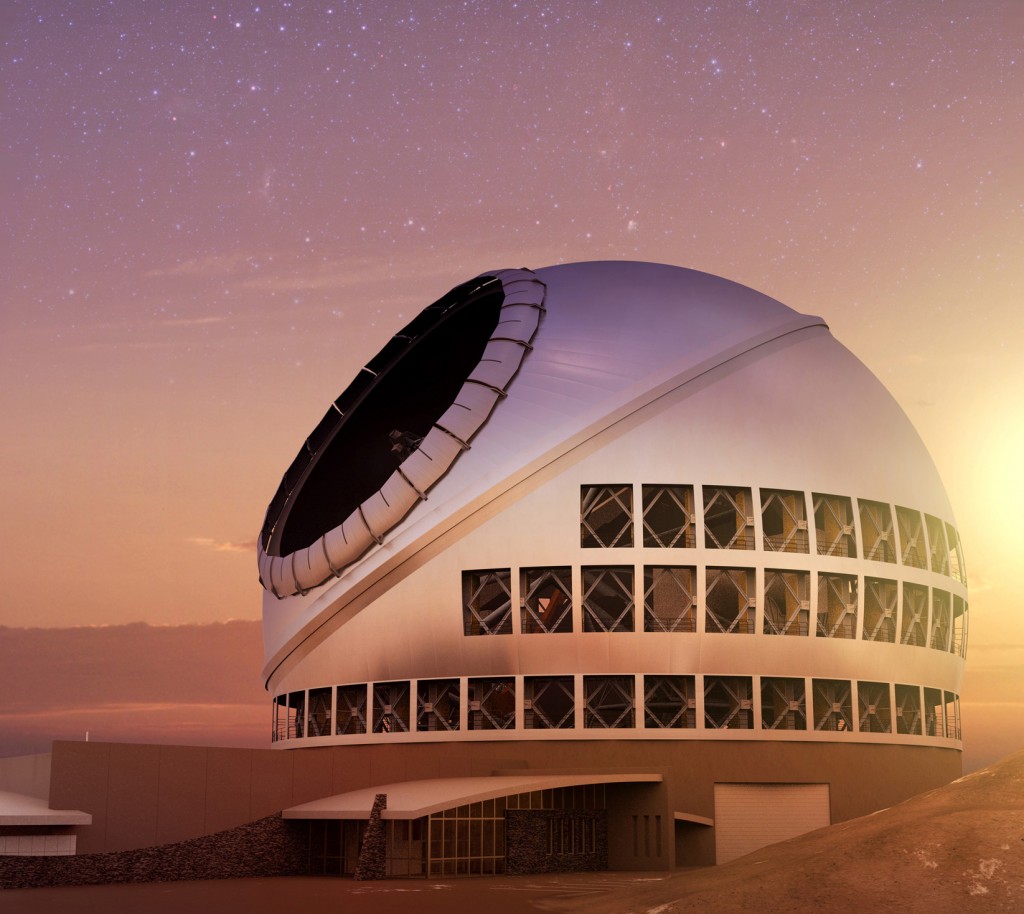 I’ll present a brief overview of the Thirty-Meter-Telescope project, whose construction on top of Mauna Kea is scheduled to take about eight years, with first-light currently planned for the horizon 2023/24, and start of science operations soon after. I’ll review the expected observing performances of the facility and its first-light instruments, which will combine imaging and spectroscopic capabilities, along with powerful adaptive-optics corrected wavefronts and the use of a laser-guide-star facility in some cases. TMT will enable ground-based exploration of our solar system – and planetary systems at large – at a dramatically enhanced sensitivity and spatial resolution across the visible and near-/thermal- infrared regimes (e.g. ~7km spatial resolution at a wavelength of 1micron on main-belt asteroids, 20km on Galilean satellites, 40km on Titan, etc). TIO operations will meet a wide range of observing needs and the implementation of science programs will take into account the stringent observing time constraints often encountered for observations of our solar system such as, for instance, the scheduling of target-of-oportunity observations, the implementation of short observing runs, or the support of long-term “key-science” programmes.
I’ll present a brief overview of the Thirty-Meter-Telescope project, whose construction on top of Mauna Kea is scheduled to take about eight years, with first-light currently planned for the horizon 2023/24, and start of science operations soon after. I’ll review the expected observing performances of the facility and its first-light instruments, which will combine imaging and spectroscopic capabilities, along with powerful adaptive-optics corrected wavefronts and the use of a laser-guide-star facility in some cases. TMT will enable ground-based exploration of our solar system – and planetary systems at large – at a dramatically enhanced sensitivity and spatial resolution across the visible and near-/thermal- infrared regimes (e.g. ~7km spatial resolution at a wavelength of 1micron on main-belt asteroids, 20km on Galilean satellites, 40km on Titan, etc). TIO operations will meet a wide range of observing needs and the implementation of science programs will take into account the stringent observing time constraints often encountered for observations of our solar system such as, for instance, the scheduling of target-of-oportunity observations, the implementation of short observing runs, or the support of long-term “key-science” programmes.

Institute for Planets and Exoplanets